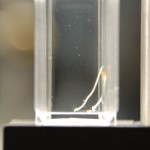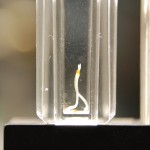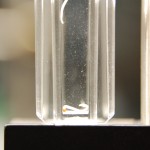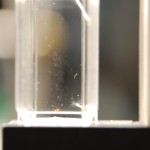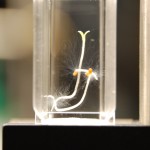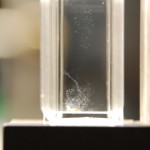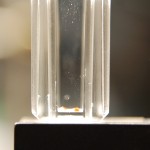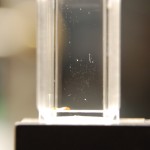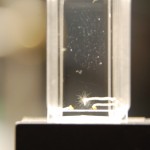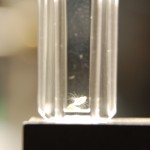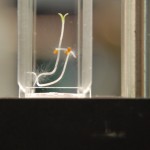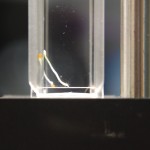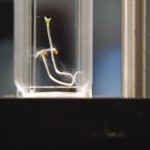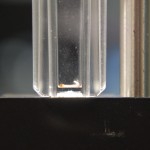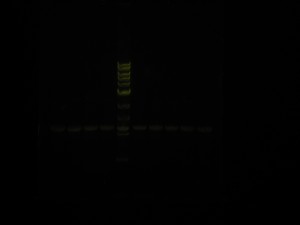Reading some papers by Lewis and others at the time got me thinking about cool experiments. There is one that I want to replicate where it was stated that plant cells become hypertonic (cell shrivels up) in the presence of D2O (Brooks et al, 1937 which I need to find). This leads me to want to test red blood cells and human cheek cells (because they are easy to get a hold of) for similar effects.
Reading the paper by Lewis revealed some funny results when dealing with mice (he reports an intoxication effect when one mouse drinks heavy water) that intrigue me. But also gave me an idea. I would like to test the effects of D2O on the Tardigrade which is a microorganism in the animal kingdom. This thing (nicknamed the water bear) is known to survive the most extreme conditions. From Wikipedia:
Some can survive temperatures of close to absolute zero (−273 °C (−459 °F)), temperatures as high as 151 °C (304 °F), 1,000 times more radiation than other animals, and almost a decade without water. In September 2007, tardigrades were taken into low Earth orbit on the FOTON-M3 mission and for 10 days were exposed to the vacuum of space. After they were returned to Earth, it was discovered that many of them survived and laid eggs that hatched normally.
So you can see why I’d want to put this thing in D2O and see what’s up. I found one place that sells them, but I get the impression they sell only one per order and I would like to grow them (which requires two surprisingly, because of the egg thing). I have read that they grow on moss and lichens so maybe I can get some live samples over at the Rio Grande.
In an email correspondence, Koch pointed out that testing with paramecia might be a worthwhile venture as well. They may exhibit visible response in the presence of toxins or at least will definitely slow down and die quickly.
As an aside, in biology class in 9th grade we were given some paramecia to examine and I watched as mine spontaneously exploded in front of my eyes. I told the teacher about this and she couldn’t care less. Thanks a lot Mrs. Cuesta (here’s a Google link for you).
Bill Hooker on friendfeed also suggested an interesting experiment:
You can D-replace prokaryotes… what would happen if you did that for 100, or 100 million, generations, then switched ’em back to regular water? Can you H-replace ’em using D-depleted water? I’m trying to come up with ways to adapt some enzyme or other to D, wondering if you could get it sensitive enough that adding D to a system using that enzyme would act as a switch…
Which got me thinking that maybe I could get these creatures to live in D2O by slowly integrating more deuterium to regular water over time. I read a paper by Keith Hobson where they analyzed the source of hydrogen in quail tissues by feeding a group water with D2O mixed in. By combining their results (which I’ll need to reread) with what Bill says, maybe I can get a species (of anything really) to live in D2O and analyze the effects of regular water on them. Could be fun.
Wow I can get carried away. I started this post as an aside where I was just going to list some quick thoughts and then started rambling. It’s all good.
Also if anyone has read to the end of this post, can you tweet this post? I want to check the ability of Disqus to search tweets and include them in the comments (the Reactions section). Also try sharing via facebook, or whatever other social media that you may use these days. Thanks in advance.
Like this:
Like Loading...

